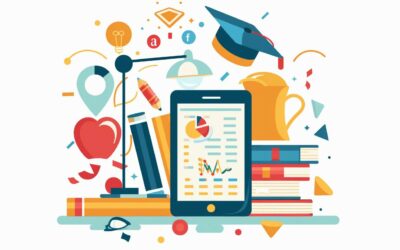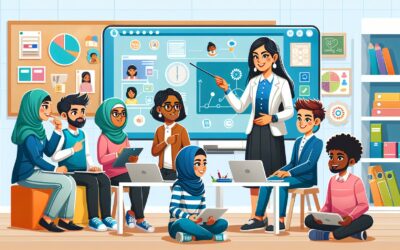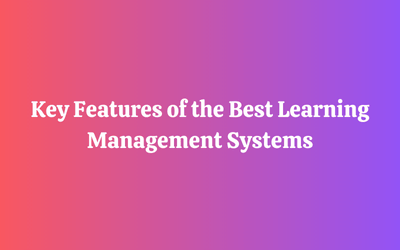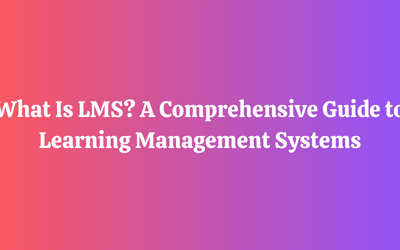Mastering Capability Development: Key Strategies for Professional Growth and Success
In today’s rapidly evolving business environment, continuous learning and sustainable growth are essential for staying competitive. Capability development is not merely a trend but a strategic approach to building a resilient workforce. As HR leaders, it’s imperative to foster an environment where ongoing skill development is ingrained in the culture of the organization.
Investing in capability development transforms careers and strengthens the organization as a whole. It’s not just about acquiring new skills but about cultivating a mindset of continuous improvement. This culture opens new avenues for growth, both for the individual and the company, driving innovation and long-term success.
What is Capability Development?
Capability development involves expanding employees’ skills and knowledge to meet the evolving demands of their roles. It ensures that the workforce remains adaptable and relevant in a rapidly changing business landscape. As HR leaders, identifying current competencies, recognizing skill gaps, and implementing targeted strategies are critical to bridging these gaps effectively.
By embracing capability development, companies foster a high-performing, innovative workforce that contributes directly to organizational objectives.
Startbeans Learning Solutions helps organizations enhance capability development through digital learning solutions and performance support tools.
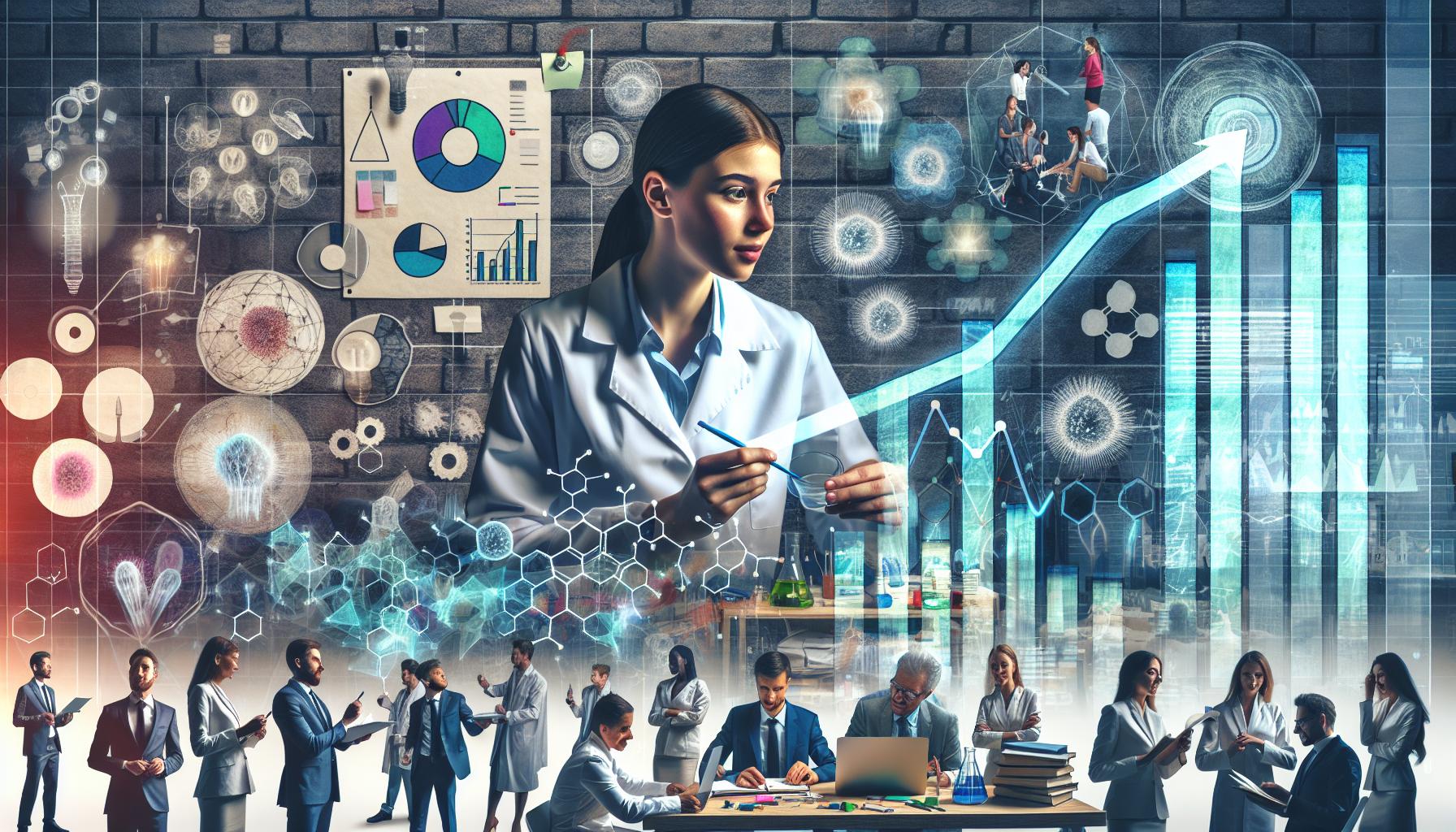
Importance of Capability Development
Capability development delivers several key benefits:
- Enhanced Performance and Productivity: Up-to-date skills enable employees to work more efficiently, resulting in higher productivity.
- Fostering Innovation: Continuous learning introduces fresh perspectives that drive creativity and problem-solving.
- Attracting and Retaining Talent: Offering robust development programs signals commitment to employee growth, reducing turnover and attracting top-tier talent.
- Succession Planning: Capability development prepares high-potential employees for future leadership roles, ensuring smooth transitions during key personnel changes.
Alignment with Organizational Goals: When development initiatives are aligned with business objectives, they directly contribute to long-term success.
Capability Development Strategies
To drive capability development effectively, a strategic and structured approach is crucial:
Encouraging Application and Feedback: Real-world application of newly acquired skills through projects, combined with regular feedback, reinforces learning.
Top-Down and Bottom-Up Approaches: Leadership can identify key competencies aligned with business goals, while employees can identify personal skill gaps. A combined approach balances organizational alignment with personal growth.
Identifying Skill Gaps: Conduct regular assessments to evaluate current competencies against future needs. These insights help in designing training programs that are directly aligned with business priorities.
Tailored Training Programs: Customize programs to address specific gaps, whether in technical, soft, or industry-specific skills. Collaborate with subject matter experts to ensure practical relevance.
Utilizing Learning Resources: Leverage online platforms, in-house training, mentorship programs, and workshops to provide diverse learning opportunities.
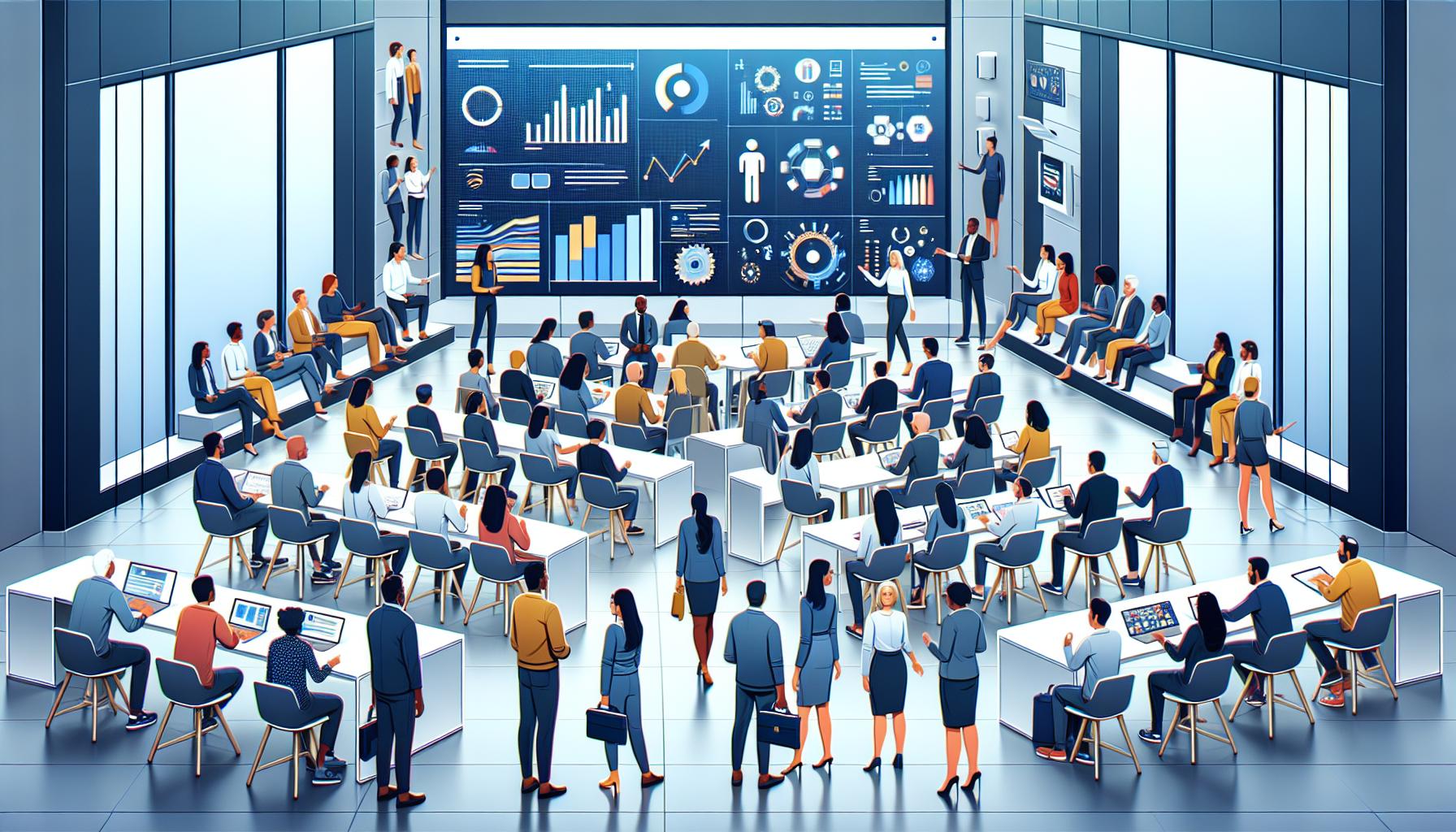
Continuous Capability Building Model
Implementing a continuous capability building model ensures sustained growth and adaptability. This model includes setting clear learning objectives, conducting thorough skills gap analyses, and measuring progress using key performance indicators (KPIs). Encouraging a learning culture—where employees are motivated to develop new skills—supports long-term organizational growth.
Tools and Resources for Capability Development
A variety of tools support the development of workforce capabilities:
Technology and Remote Learning: Remote learning platforms and virtual reality tools provide flexible and immersive learning opportunities.
Mentoring Platforms: Software that matches mentors with mentees, creating structured learning relationships.
Workshops and Interactive Training: Hands-on learning experiences that foster immediate skill application.
Examples and Best Practices
To build capabilities effectively, HR leaders can integrate these best practices:
1. Promote a Learning Culture
Create an environment where continuous learning is valued and recognized.
2. Set Clear Goals
Establish measurable objectives that align with both career development and organizational needs.
3. Continuous Learning
Encourage ongoing education through internal or external programs.
4. Foster Networking and Mentorship
Facilitate mentoring relationships and encourage networking within the industry.
5. Monitor Performance
Use metrics to assess the impact of capability development on both individual and organizational performance.
Conclusion
Capability development is a critical strategy for fostering a skilled, innovative, and adaptable workforce. By aligning development initiatives with organizational goals, HR leaders can ensure both personal and organizational success. A structured, continuous approach to skill building prepares employees for leadership roles, contributes to organizational innovation, and supports long-term growth.
Our News
- AI
- Animations
- Articulate
- Articulate 360
- Articulate Engage
- Articulate Live
- Articulate Presenter
- Articulate Quizmaker
- Articulate Replay
- Articulate Review
- Articulate Storyline
- Articulate Storyline 3
- Articulate Studio
- bite sized learning
- Characters
- Content Library
- Corporate Communication
- E-Learning
- e-Learning Authoring Tools
- Employee Engagement
- Game-Based Learning
- Gamification
- Gamiflexer
- Go Sales
- Healthcare
- Instructional Design
- Interactivity
- Knowledge Transfer
- L&D Trends
- Learning
- Learning & Development
- Learning Experience platform
- Learning Management System
- LMS
- LXP
- Microlearning
- mLearning
- Mobile Learning
- Nugget Learning
- Online Training
- Peek
- Performance Support
- Preso
- Quiz and Assessment Platform
- Replay 360
- Rise
- SCORM
- Screen Capture
- Software
- Storyline 360
- Studio 360
- Training Management
- Trainings
- Uncategorized
